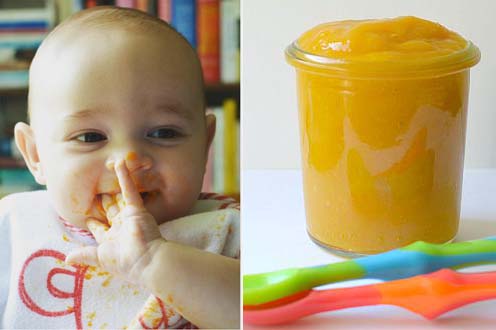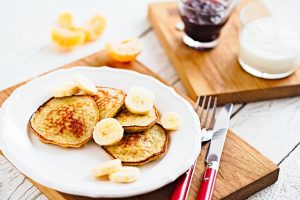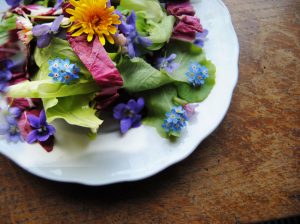The Complete Guide to Making Homemade Baby Food

Back in July, I told you I was starting to feed my son solid foods, and promised to share a few simple starter recipes in case you were also interested in making your own baby food.
If you’ve had any doubts about giving it a go, I’m here to tell you that it’s definitely easier than you think, and most of the time it’s also a healthier, tastier, and more economical option. The time commitment required is minimal, and once you get going you’ll quickly discover that the food can be made in large batches, meaning you’ll only need to do it once a week or so.
Before we get to the recipes, though, I think it’s important to cover the essential tools needed to get the job done. Fortunately, most of the items you’ll require are likely things you already have on hand in your kitchen, but if not they can easily be sourced from your favourite kitchen supply store. To make your own baby food you’ll need:
- Fresh produce’choose what’s in season when possible
- Heavy-bottomed pot with a lid
- Vegetable peeler
- Sharp chef’s knife
- Steaming basket
- Wooden spoon or rubber spatula
- Blender
- Glass jars’for storing food in the fridge
- Freezing trays (or ice cube trays)
- Large freezer bags’for storing frozen cubes of baby food
- Permanent marker’for labelling freezer bags with the name of the food and the date it was made
- Baby food cookbooks’for inspiration!
A quick note about blenders: don’t feel pressured to purchase a baby-specific blender. They’re typically more expensive than regular blenders, are capable of only making small portions, and take up extra space in the kitchen. Your preferred regular blender (or immersion blender) will work just fine.
To make baby food purées the process is the same (and simple!) for most produce:
- Wash fruits or vegetables and peel, if necessary.
- Cut into 1-2’ chunks.
- Steam until soft, reserving some of the cooking liquid.
- Transferred cooked produce to the blender and purée, adding some of the cooking liquid.
- Blend until food reaches the desired consistency. Most meals start off as smooth blends, eventually graduating to thick purées and chunky compotes.
- Transfer food to glass jars if storing in the fridge, or into trays to freeze.
- Freeze cubes for a few hours, then pop them into a large freezer bag and label the outside with a permanent marker. Be sure to use up all baby food within three months of making.
When it comes time to feed your baby, frozen food cubes should be gently thawed in the fridge, then warmed on low in the microwave in 10-second intervals. If you don’t have a microwave, you can add a splash or two of warm water to the food to warm it up, if needed.
Peach Compote
You’ll Need:
12 peaches, washed, pitted and cut into 2-inch chunks
Prep and Cook:
- Place the peaches into a saucepan, cover with 1 ½ cups water, and bring to a boil.
- Reduce heat to medium, cover, and cook for 10-12 minutes, or until the peaches are fork tender. Cool slightly.
- Transfer peaches to a blender and add some of the leftover cooking water, blending until you reach the desired consistency.
- Discard any unused liquid and store compote in the fridge for up to three days, or the freezer for up to three months.
Apple Purée
You’ll Need:
4 medium apples, peeled, cored and cut into 2-inch chunks
Prep and Cook:
- In a medium sauce, bring 1 cup of water to a simmer. Place a steamer basket into the pot and add the apple chunks. Cover and steam until tender, 12-15 minutes.
- Transfer apples to a blender and blend until you reach the desired consistency, adding some of the cooking liquid as needed.
- Discard any unused liquid and store compote in the fridge for up to three days, or the freezer for up to three months.
Mango Purée
You’ll Need:
1 ‘ 600g bag frozen mango chunks
Prep and Cook:
- Empty the bag of fruit into a large glass jar or bowl and allow to thaw completely. Blend until you reach the desired consistency.
- Store fruit purée in the fridge for up to three days.















